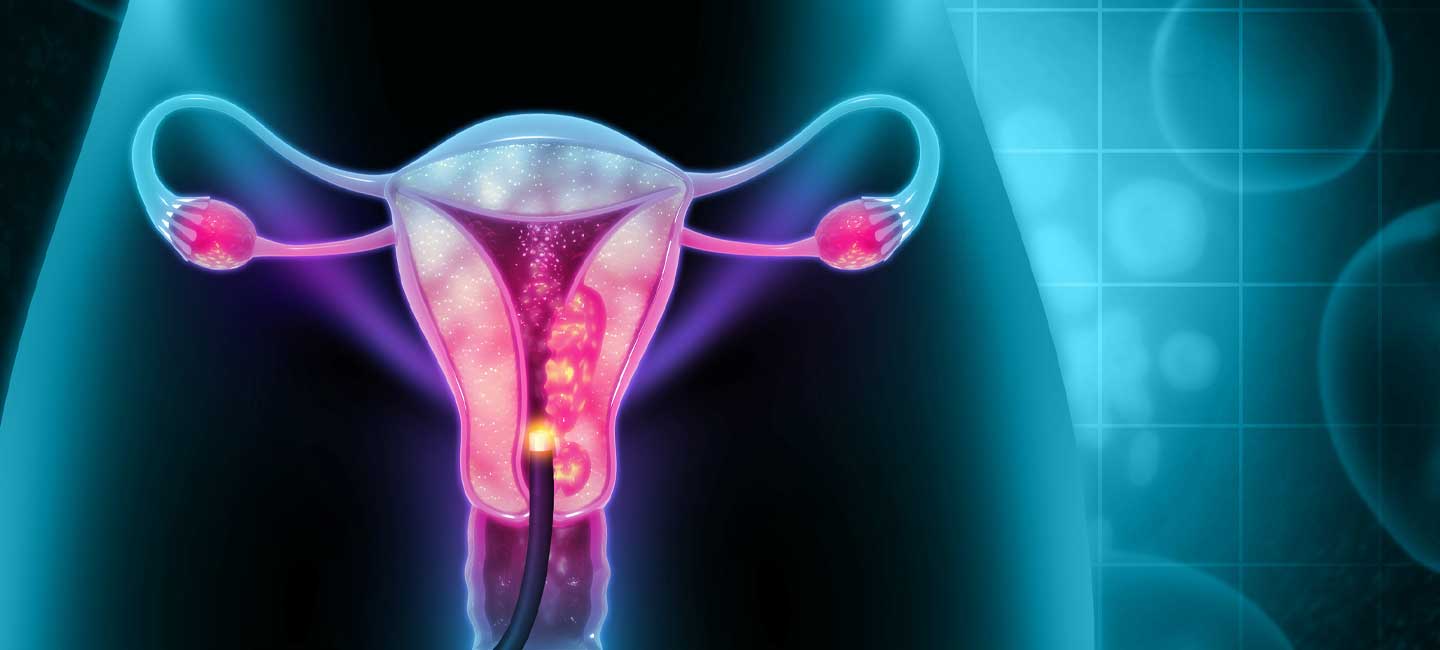Why Are Advanced-Stage Cervical Cancer Cases Rising?
Advanced-stage cervical cancer is on the rise, according to a new study. Published in the International Journal of Gynecological Cancer, the study looked at data on nearly 30,000 women from 2001 to 2018. The largest increase was in white women at a rate of 1.69%. Among Black women, rates increased 0.67% annually. White women in the South ages 40 to 44 were especially high at an increase of 4.5% annually.
Authors in @IJGConline explored US #CervicalCancer trends to identify factors. Results show Black #women have higher incidence of distant stage disease compared with white women, but white women have lower rates of guideline screening & vaccination: https://t.co/u3DXeJr5pK
— SWHR (@SWHR) August 29, 2022
According to researchers, overall prevalence of the disease was higher in Black women. The incidence of advanced cervical cancer was 1.55 per 100,000 Black women compared to 0.92 per 100,000 white women.
“This study shows dichotomy between decreasing cervical cancer incidence overall, but an increase in metastatic disease,” said Dr. Robert Wenham, chair of Moffitt Cancer Center’s Gynecologic Oncology Program. “What it tells us is that we’re doing a really good job when we can do screenings or provide vaccinations against HPV. On the other hand, we’re missing certain populations that are just absolutely falling through the cracks when it’s a significant number that are showing up with advanced disease.”
According to the American Cancer Society, approximately 14,000 women will be diagnosed with cervical cancer in the United States this year. Cervical cancer was once one of the most common causes of cancer death for American women, but mortality rates have declined in recent years thanks to HPV and Pap testing. The American Cancer Society recommends that women should be screened for cervical cancer starting at age 25 and then every five years up to age 65.
The study’s authors reported that known disparities in access to screening and health care are associated with higher rates of advanced cases among Black and Hispanic women, but the study showed white women were less likely to report a cervical cancer screening over a five-year period than other groups.
“This means they’re either not showing up for screenings or they’re showing up, and it’s not being done for them because they’re thought not to be at risk,” said Wenham. “I think that most practitioners out there are going to be performing screenings if they show up. My concern is that maybe some women have put this on hiatus until they view themselves as being particularly high risk, and that’s a failure for us.”

The study also showed that white teens have the lowest rate of HPV vaccination, which is known to be the best way of preventing cervical cancer. The current group of available HPV vaccines cover nine viruses considered low and high risk. HPV vaccines prevent not only cervical cancer, but also other cancers including vaginal, vulvar, anogenital, and head and neck.
“This disease, especially when it’s advanced disease, is a terrible disease to be burdened with,” said Wenham. “Because of the way that these patients have to suffer and endure with advanced metastatic disease, there can be many issues that cause great quality of life problems. Our biggest way to prevent this cancer moving forward is for women to show up and get vaccinated and then get screening. Anybody who’s seen somebody die of metastatic cervical cancer would be very passionate about not wanting to see that again.”



